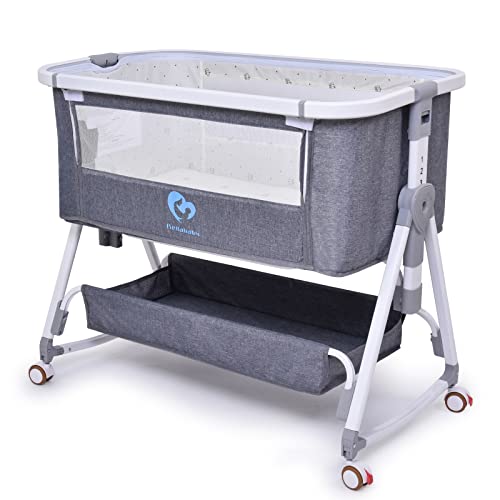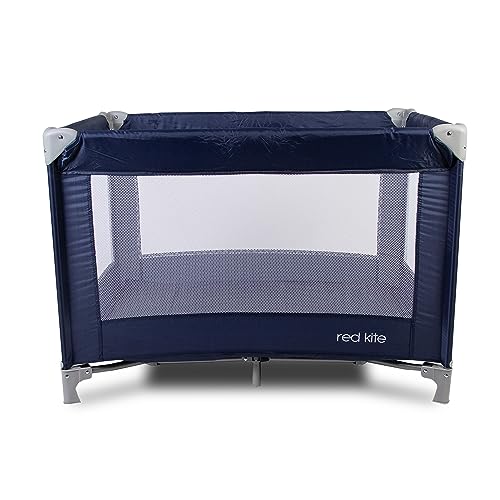지역센타회원 | 9 Lessons Your Parents Teach You About Cot Sale
아이디
패스워드
회사명
담당자번호
업태
종류
주소
전화번호
휴대폰
FAX
홈페이지 주소
 Choosing a Cot Sale
Choosing a Cot SaleMortuary cots are a must-have item in funeral homes and hospitals. The selection of the best crib newborn one requires careful consideration. It should be durable and easy to transport. It must also be secure for use by employees.
The Class of Trade (COT) or assignment, has a major impact on the calculations used to determine a manufacturer's Medicaid rebate liability and the pricing calculated for a government contract. COT assignment also plays an important role in keeping accurate records of customers.
Cost
COTS software and services are employed by many small manufacturers to achieve cost savings. However COTS products also face a range of challenges. COTS products typically require engineering designs or custom development requirements in order to function effectively. These customizations can increase the cost of development and maintenance and expose the company to additional risk. These risks are especially pronounced in the DoD where many small manufacturers depend on COTS systems to cut the total cost of a system.
COT assignments are a hot issue because they have significant effects on the 340B/PHS maximum cost, Medicaid rebates, and inflation penalties. They can also impact pricing calculations for government agencies, and commercial contracting strategies. Currently, there are no established industry standards for class of trade assignment, and manufacturers must rely on the discretion of purchasers to categorize their purchases. This could lead to inconsistencies or errors that could have significant consequences.
A class of trade (COT) is a classification used to identify the most functionally similar pharmaceutical buyers such as wholesalers hospitals and long-term care facilities. The classification of trade is determined by the manufacturer and is used to monitor, optimize, and develop sales channels. It is also used to keep accurate customer records and ensure that transactions are correctly classified for government reimbursement calculations.
The COT report is an annual publication of futures market positions, outlining open interest data for all futures contracts with more than 20 traders. It is an important instrument for investors and traders to understand the hedging and speculation actions of the market participants. The report gives information on the current pace of a commodity and whether or not it will continue to trend in its current direction.
The COT report which is updated every Tuesday, provides a breakdown by category of each trader. The categories include commercial, non-commercial, and index traders. There is also a section that provides 13 agricultural commodities. Traders usually utilize the disaggregated version of the report, which breaks down the commercial traders into producers, merchants processors, users and swap dealers. The noncommercial participants are separated into managed money and other reportables.
Durability
A cot sale - mnogootvetov.ru, is a great option to save money on hospital equipment and supplies. The material and design of the cot determine its longevity. The best crib for newborn cots are long-lasting and can withstand daily use. They are easy to clean and repair easily. It is important to keep in mind that the quality of a crib is determined by the way it is used. If you make a mistake when using it, the cot will not last as long and may not be safe to sleep in for children. Before buying a cot, it is crucial to know your personal demographic. A non-compliant crib is illegal under the Fair Trading Act.
The COT report is an important source of information for researchers, traders and investors. However, it is not without its critics. The most significant flaw is its lack of transparency. The cot beds for sale's rules document, which is supposed to encourage transparency are unclear. The COT will identify the trader who has an oil hedge of a modest amount and a substantial position in the speculative oil market as a commercial trader. The disaggregated COT report offers some clarity, however it is still not transparent enough to be beneficial to the market.
In addition, COTs impact the health healthcare industry by affecting how healthcare companies purchase pharmaceutical products and services. This is because the buyer's COT can influence their access to pharmaceutical products at discounted prices, as well as how contracts are concluded and executed within the industry. It is essential that manufacturers accurately assign their buyers' COTs and ensure consistency in the allocation of COTs.
Manufacturers should have a procedure and procedure for determining the classification of their customers' COTs. They must also be guided by a set of objective criteria. These criteria must be based on fact and must eliminate subjectiveness. Manufacturers should also develop systems to monitor and verify their COT assignments.
If a cot does not meet the safety standards required the product should be removed from sale immediately. By doing this you can safeguard the children's lives and prevent unnecessary injuries. If you are selling a cot, ensure that it has been examined by an independent laboratory before you sell it. If you don't meet the requirements, you could be fined under the Fair Trading Act.
 Design
DesignThe design of the cot is determined by several factors. These include the size of the cot its structure, and the materials it is made of. The cot's design must be able to withstand the weight of the infant without falling down or breaking. It must be able to stand up to repeated use. A quality cot should have an easy-to-clean surface and be made of strong and durable materials. It should also be of attractive colors and be easy to put together.
COT designations impact Medicaid rebate liabilities and government pricing calculations. They can determine if transactions will be included or not in the average manufacturer price (AMP), non-Federal Average Manufacturer Price (NFAMP), and the most efficient price calculation methods. However COT classifications are typically left to the discretion of manufacturers. This can result in inconsistent pricing and contracting practices in healthcare systems.
A COT tapeout requires a plan for prototyping, manufacturing and characterization, including wafer sorting, assembly and test. The COT customer must ensure sufficient capacity in the foundry, assembly/test and test. This can be a challenge if the COT customer's supplier has already made a commitment to start material in accordance with a forecast and lead times could blow out if the supplier can't begin the needed material on time in order to meet the timeframe.
Another issue is managing AQL samples, and ensuring that the target defect per million (DPM) levels and test yields at the end are met. While running AQL samples can be costly, it is essential for the success of COT projects. The information obtained is a valuable instrument to determine the accuracy and precision of the design. Additionally the AQL samples can be used to confirm that the COTS product meets the requirements of the system and is ready to be put into production.
It is also crucial to plan the final assembly and ensure that all the components are available to purchase. The COT tapeout procedure may require a large amount of work, ranging from negotiating prices with suppliers, to setting up the supply chain and planning logistics. The process also requires designing the physical layout and working with the assembly company. The process can be time consuming and stressful, but it is able to be efficiently managed with the help of a solid plan and a team of skilled engineers.




